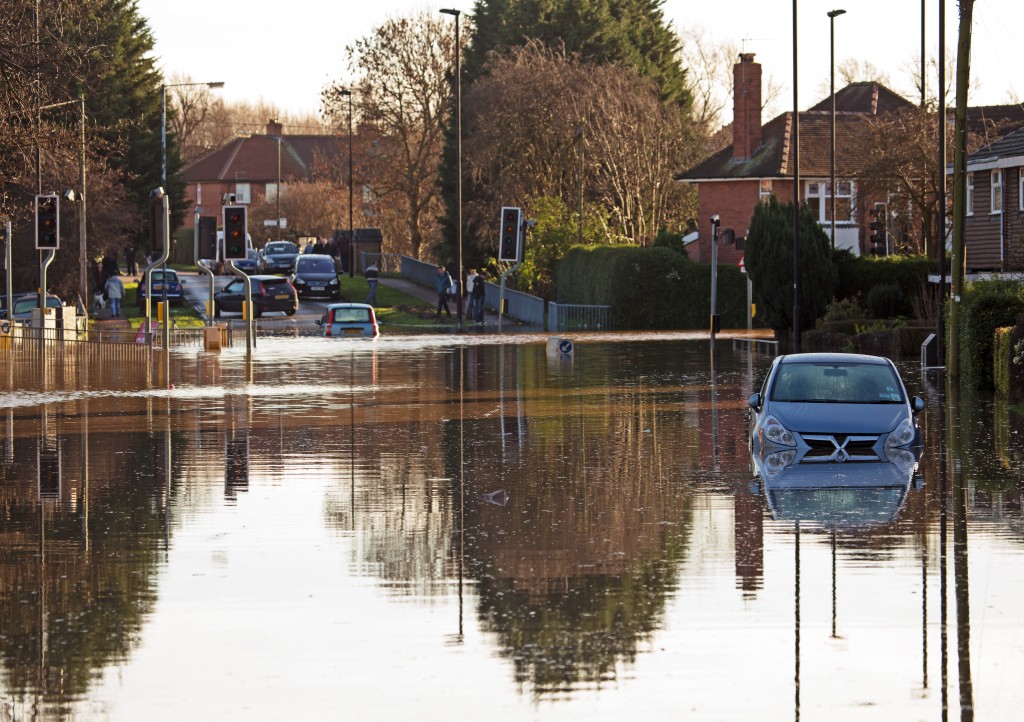In 2020 alone, 16 natural disasters have been recorded in the United States. These calamities include hurricanes, wildfires, and tornadoes, among others. Some lives have been lost, and damages incurred by these natural disasters soared to $1 billion.
You need to ensure that your house is calamity-resistant in times like this, meaning it can weather natural disasters that may ravage your area. This is to prevent both losses of property and life. Perhaps the best way your house or your business establishment can be safe from the disastrous impacts of calamities is to make sure the materials used in constructing your property are of high quality.
While using substandard materials can be cheaper, it will not last as long as high-quality materials do. You may even incur bigger losses and damages if your property’s foundation gives in during calamities.
Some many houses or buildings can be designed to withstand a particular calamity, such as fires or hurricanes. It may be harder and more expensive to design and construct one that can sustain damages caused by several calamities, but not entirely impossible. The type of calamity-resistant property you want will also depend on your geographical location. Is your residence near a fault line? Do hurricanes and tornadoes happen twice or thrice a year in your area? Are you near forests that catch wildfires easily?
Wherever your property is located, there are many reputable building commissioning firms you can contract for your house project. They can help you design a house or building that is both stylish, modern, sturdy. Here, we list down some of the most common natural disaster-proof houses and buildings you may want to consider to protect or reinforce your property.
Hurricane-Resistant
The Congressional Budget Office reports that hurricanes in the United States cost $34 billion annually in the residential sector alone. If you reside near a coastline, or if your area is frequented by hurricanes, building a hurricane-proof house has definitely crossed your mind once or twice already.
When building or hurricane-proofing your home, the first thing you want to do is secure your windows and roof as these are the most vulnerable parts of your home to hurricanes. Make sure to upgrade to a high-impact or hurricane-impact window. You should also consider switching to metal roofing to handle strong winds and can last for many years. You will also want to invest in a sturdy, reinforced garage door to keep your car from being damaged by hurricanes.
Earthquake-Resistant
Earthquake-proofing a house or a building may not be as easy as installing high-impact windows and metal roofs. This process can be expensive and technical, so DIY proofing may be quite impossible. Reinforcing a building’s structure to mitigate an earthquake’s effects is usually done at the onset of the construction. Building earthquake-resistant structures must have a flexible foundation that acts as a “shock absorber” to keep the structure itself steady. The use of tensile materials is also needed to allow the structure to bend without actually breaking.
By making your structures earthquake-proof, not only are you going to save on structural damages, you will be saving lives as well.
Fire-Resistant
Climate change and global warming have exacerbated the intensity of wildfires. Rainy seasons became shorter while drought became longer. In California alone, wildfires are growing more rampant. But there’s also an increasing number of wildfire incidents in Florida, Tennessee, Colorado, and Texas.
It is hard for some to leave behind the houses they grew up to or built, even if it is within the proximity of a wildfire-prone area. While houses may not be completely fire-proof, they can be made fire-resistant enough to withstand fire until it is weakened or extinguished.
To make your structures fire-resistant, you will need to invest in insulating concrete forms that can withstand heat and fire for about three to four hours. Like hurricane-proof houses, your windows and roof must be able to withstand heat and fire too. Do not forget entry points as well, such as doors and garages. These entryways must be made of metallic materials that will not easily catch fire. Doors made of wood can only stall the fire for about 30 minutes before they go up in flames, whereas steel doors can give you around four hours to escape.

The price tag of investing in the reinforcements of your property to better weather calamities is steep. But compared to the damages they can cause to life and property, it is a much lower price to pay. With the many natural disasters that can devastate your area anytime, you will want to ensure that you, your family, and your property are all safe.

